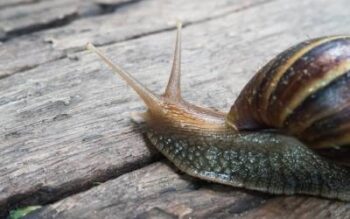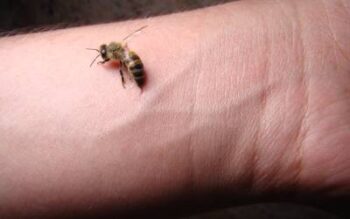It’s summertime, and the living is easy for lawns across north Florida. As you enjoy the look of your beautiful, healthy yard, you might not notice the hungry insects determined to make it their summer buffet. Keep your lawn pest-free* this season by keeping an eye out for these tiny invaders.
Rain Worm Millipedes
They don’t really have a thousand legs, and they aren’t insects. Millipedes are classified as arthropods because of their multi-segmented bodies. The pests average 1 to 2 inches in length, and their round heads are topped with short antennae. They’re often called rain worms because they become active after wet weather. Millipedes spend winters underground and lay their eggs in early spring. They feed on decaying vegetation and quickly migrate to nearby healthy grass turf and root systems.
Greenbug Aphids
Aphids have a destructive reputation in the garden, but the Schizaphis graminum species also inflicts damage on healthy lawns. Commonly known as greenbugs, these light green aphids sport a dark green stripe on pear-shaped backs. They’re one of the few insects that can reproduce without actually mating, and their nymphs thrive year-round in our mild coastal climate. Greenbug aphids pose a double threat to your lawn. Their feeding destroys plant cell walls, and their sticky residue makes grass vulnerable to sooty mold.
Tough Scale Bugs
Our region is home to false oleander, cottony cushion and Florida wax bugs, but there are more than 175 species of scale insects across northern Florida. These tiny pests are almost invisible as they settle into healthy lawns and attach to tender plant tissue. Scale bugs protect themselves with a tough shell as they feed, so you might mistake an infestation for fungal lawn growth. That same dome-like covering makes it hard to eliminate scale bugs with traditional treatments.
Invasive Sod Webworms
As these pests cycle through three phases from larvae to adult, your lawn serves as their only food source. Sod webworms are an invasive type of turf caterpillar that begins underground and matures into dingy brown moths. You often notice different grass heights in areas where larvae are feeding, and their activity also creates unsightly brown and yellow grass patches. Webworms are especially hard on newly installed sod.
As different as these bugs are, they’re alike because they start off as an almost invisible problem that quickly turns into extensive turf grass damage. When you need help with any type of lawn pest, Bug Out stands on your side with more than 50 years of regional experience. Our evaluations are always free, so give us a call today. Let us make the living easy for your yard this summer.



